Oklahoma in the Top Ten nationally
for highway bridge conditions
In August 2020, Gov. Kevin Stitt and Secretary of Transportation Tim Gatz announced that Oklahoma had become a Top Ten state nationally for highway bridge conditions. In September 2021, they announced the state had improved its Top Ten ranking from No. 9 to No. 7 in the nation. This ranking includes bridges on non-tolled interstates, U.S. highways and state highways maintained by the Oklahoma Department of Transportation.
Progress toward Top Ten
In 2004, Oklahoma ranked near the very bottom at 49th nationally for highway bridge conditions.
In this year’s bridge conditions report submitted in April 2021, for the inspection year ending 2020, Oklahoma reported 67 structurally deficient or poor bridges on the highway system. This moved Oklahoma up to 7th place, keeping us a Top Ten State for bridges.
Disclaimer: State rankings are based on a comparison of bridge condition data for bridges that are owned and maintained by State DOTs only as compiled by the Federal Highway Administration National Bridge Inventory.
Timeline of Bridge Progress
- 1990s-Early 2000s: Many national reports rank Oklahoma near the bottom in bridge conditions, including one in 2000 that ranked Oklahoma’s interstates at 47 out of 50
- May 2002: I-40 Webbers Falls Disaster forces interstate traffic to detour on rural state highways, bringing heightened attention to Oklahoma’s poor bridge conditions
- October 2002: Oklahoma Transportation Commission approves first ODOT Eight-year Construction Work Plan, an accountable plan updated annually to address the most pressing highway and bridge needs in a fiscally responsible manner
- April 2004: Bridge inspections show 1,168 out of 6,800 total highway bridges are rated structurally deficient, an all-time high for Oklahoma
- June 2004: When compared with other states’ inspection reports, Oklahoma is ranked 49th nationally in highway bridge conditions
- May 2005: The Oklahoma Legislature creates Rebuilding Oklahoma Access and Driver Safety Fund and provides annual allocation of income tax revenue to ROADS Fund
- September 2005: State Question 723 to increase state motor fuel taxes to fund highway improvements rejected by 87% of voters in the most lopsided defeat in state history
- March 2006: Oklahoma Legislature appropriates $100 million for emergency bridge work; ODOT is able to address 137 load posted bridges, including many that were previously unable to carry loaded school buses
- May 2006: Oklahoma Legislature passes bill to provide annual increase in ROADS Fund allocation
- August 2007: I-35W Minnesota Bridge Disaster brings national attention to structurally deficient bridges
- October 2011: Gov. Mary Fallin announces the Bridge Improvement and Turnpike Modernization Plan, which calls on the Legislature to increase ROADS Fund allocations to allow ODOT to address all remaining 706 structurally deficient bridges by end of the decade
- January 2012: ODOT opens new, at-grade I-40 Crosstown in downtown Oklahoma City, replacing the state’s longest structurally deficient bridge
- May 2012: Oklahoma lawmakers provide incremental annual increases to the ROADS Fund to implement Bridge Improvement and Turnpike Modernization Plan
- August 2017: American Road and Transportation Builders Association recognizes Oklahoma for replacing more structurally deficient bridges than any other state in past decade since I-35W Minnesota Bridge Disaster
- April 2019: Gov. Kevin Stitt announces that Oklahoma is just outside of the Top Ten for good bridge conditions nationally, and hopes to be there in the next year
- May 2019: ROADS Fund reaches the $575 million annual cap set in 2012 for the first time
- April 2020: Bridge inspection reports show only 86 structurally deficient bridges out of 6,749 remain on highway system
- August 2020: Gov. Kevin Stitt announces that Federal Highway Administration data shows that Oklahoma is now ranked 9th for good highway bridge conditions nationally
- April 2021: Bridge inspection reports show only 67 structurally deficient bridges of 6,749 remain on highway system
- September 2021: Gov. Kevin Stitt and Secretary of Transportation Tim Gatz announce that Oklahoma has improved to No. 7 in the nation for good highway bridge conditions
Frequently Asked Questions
How many bridges does ODOT maintain?
ODOT is responsible for nearly 6,800 bridges on the highway system, which includes non-tolled interstates, U.S. highways and state highways.
What is a structurally deficient bridge?
A “structurally deficient” bridge requires significant maintenance and repair to remain in service and eventually will require major rehabilitation or replacement to address the structural health of the bridge.
Why do so many national reports say Oklahoma’s bridges are in poor shape?
Most national news reports combine all state, city and county roads and bridges together, even though they’re maintained by different levels of government. The State of Oklahoma is responsible for the 6,800 bridges on the highway system. There are nearly 16,000 bridges on local roads that are the responsibility of cities and counties.
How often are bridges inspected?
Federal law requires all bridges on public roads must be inspected at least once every other year. Some bridges are inspected more often depending on their condition.
Where does this bridge inspection data come from?
Federal law requires states oversee inspection of all bridges on public roads and report the data to the Federal Highway Administration each spring. ODOT, cities and counties have contracts with various engineering firms to conduct bridge inspections statewide.
How many structurally deficient bridges has ODOT addressed since 2004?
While addressing the 1,168 structurally deficient bridges identified in 2004, ODOT also performed work on hundreds of additional bridges that became deficient. ODOT has replaced or rehabbed nearly 1,600 total structurally deficient bridges since 2004, with 67 remaining on the highway system.
Does these mean ODOT is finished with highway bridges?
Absolutely not! All bridges must be properly maintained after construction to remain in good condition. Additionally, more than 1,000 existing highway bridges are 80 years old or older and must be addressed in the coming years; however, ODOT now has a sustainable plan in place to maintain its bridges.
What’s being done about city and county bridges?
Local bridges not on the highway system are under the jurisdiction of cities and counties, which receive state motor fuel tax and motor vehicle collections revenue and have access to some federal funds, as well as local tax revenue. In 2006, the Legislature created the County Improvements for Roads and Bridges (CIRB) program, which provides designated state funding for high-priority county projects that no single county could fund on its own. ODOT administers those funds and provides assistancee leveraging federal funding for maximum benefit.
Structurally Deficient Bridges - Before and After
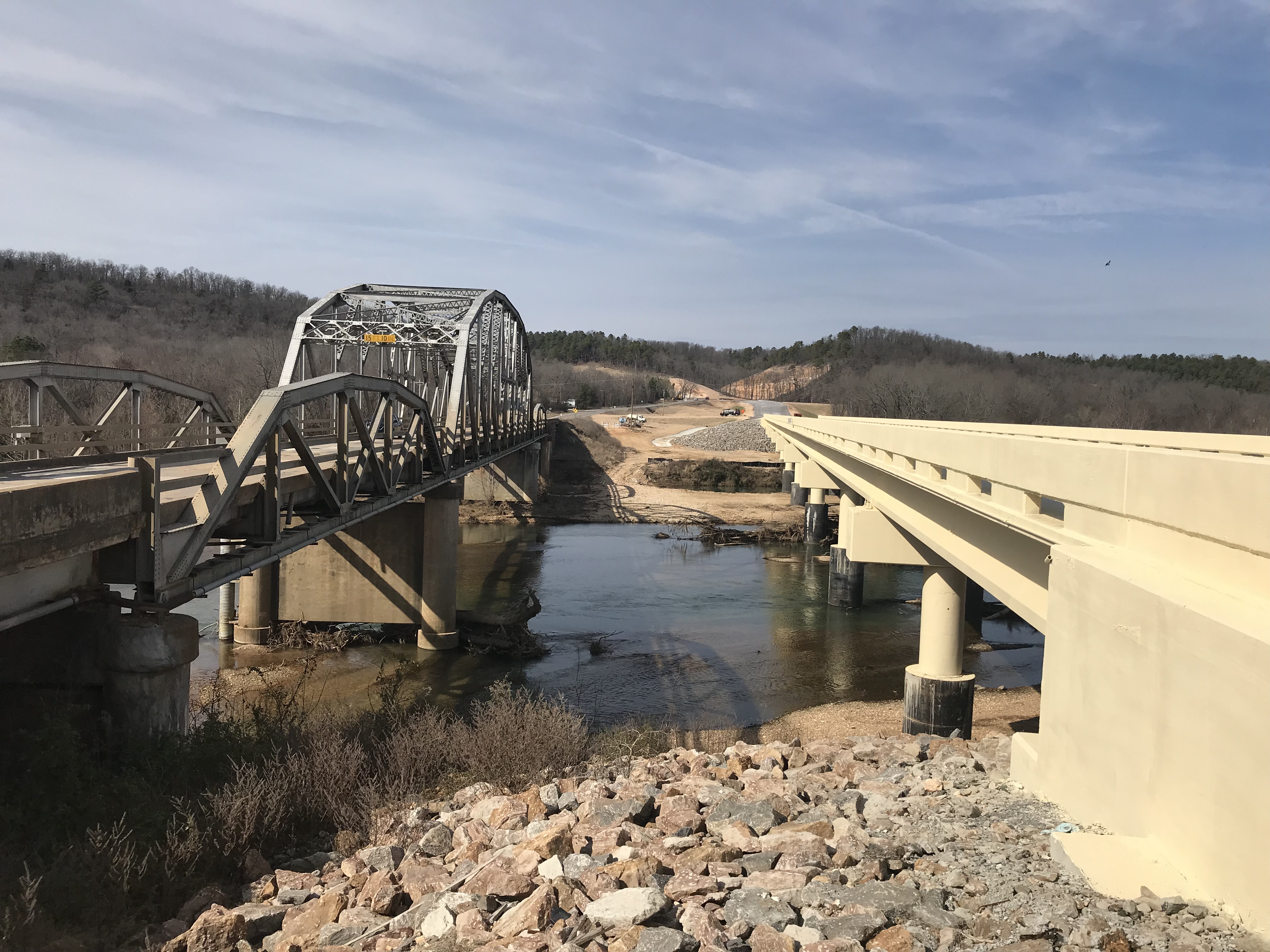 Before and After
Before and After
Eastern Oklahoma - SH-51 over Barren Fork Creek in Cherokee Co.
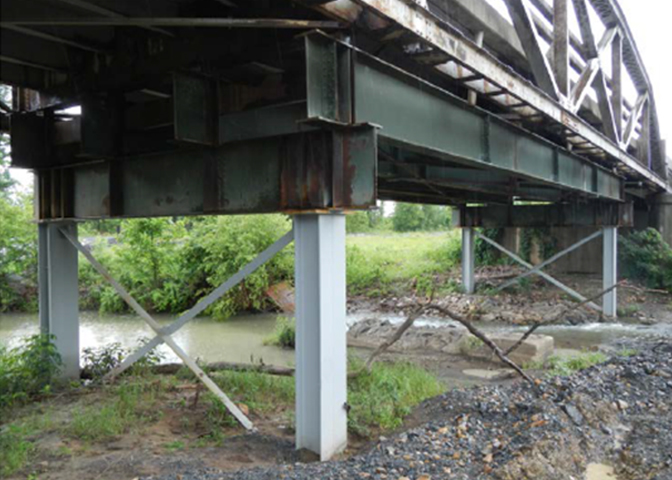 Before
Before
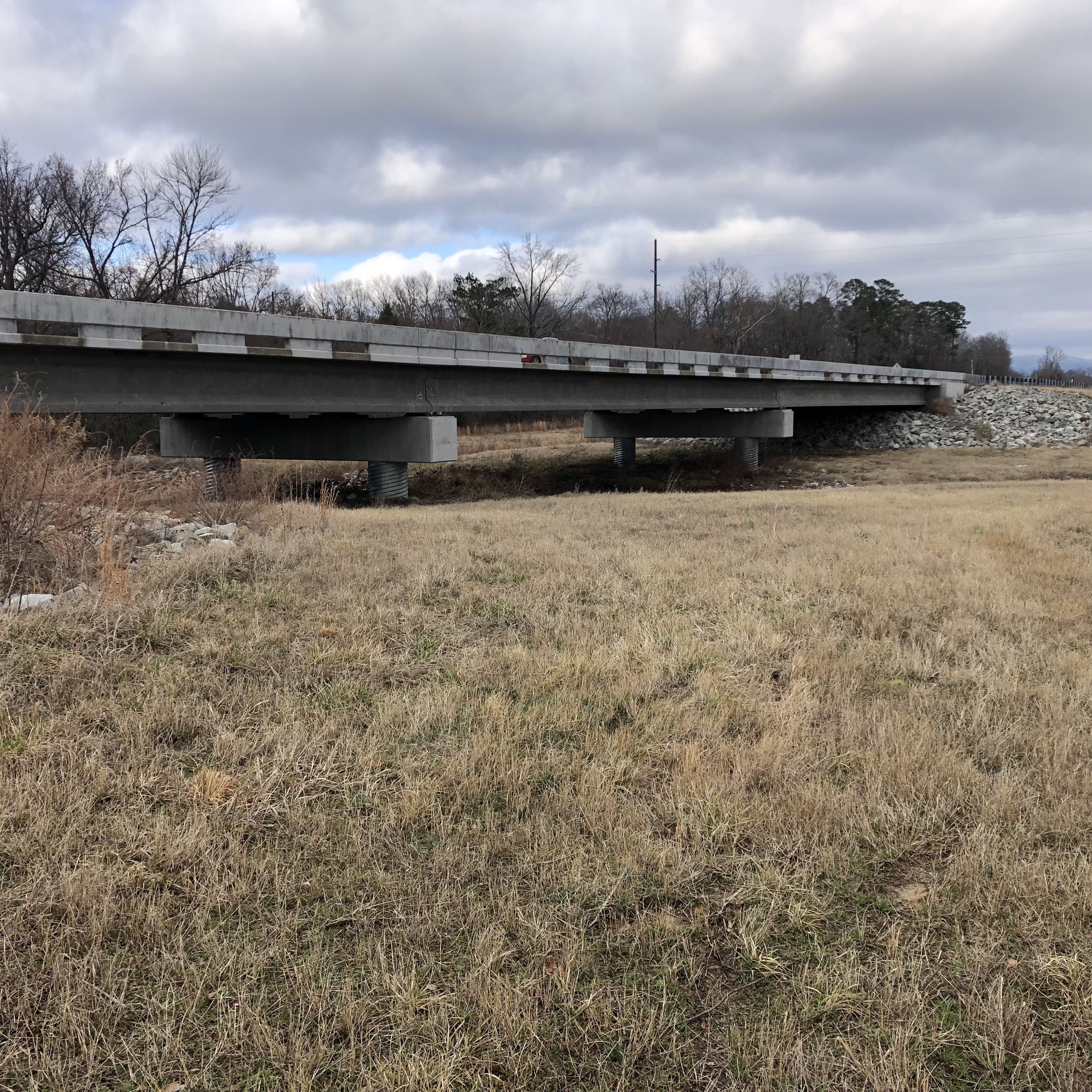 After
After
Southeastern Oklahoma - SH-1 over Rock Creek in Latimer Co.
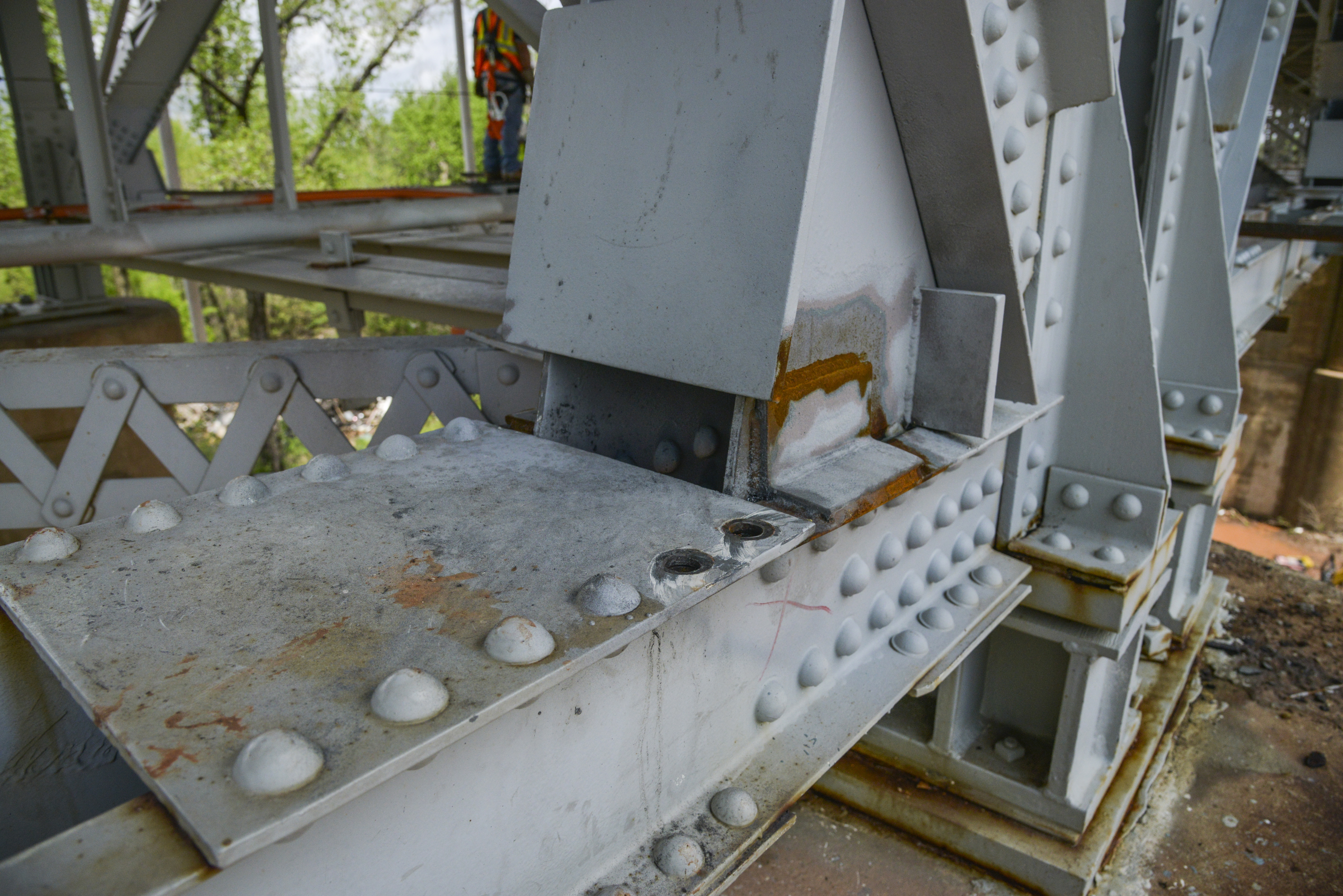 Before
Before
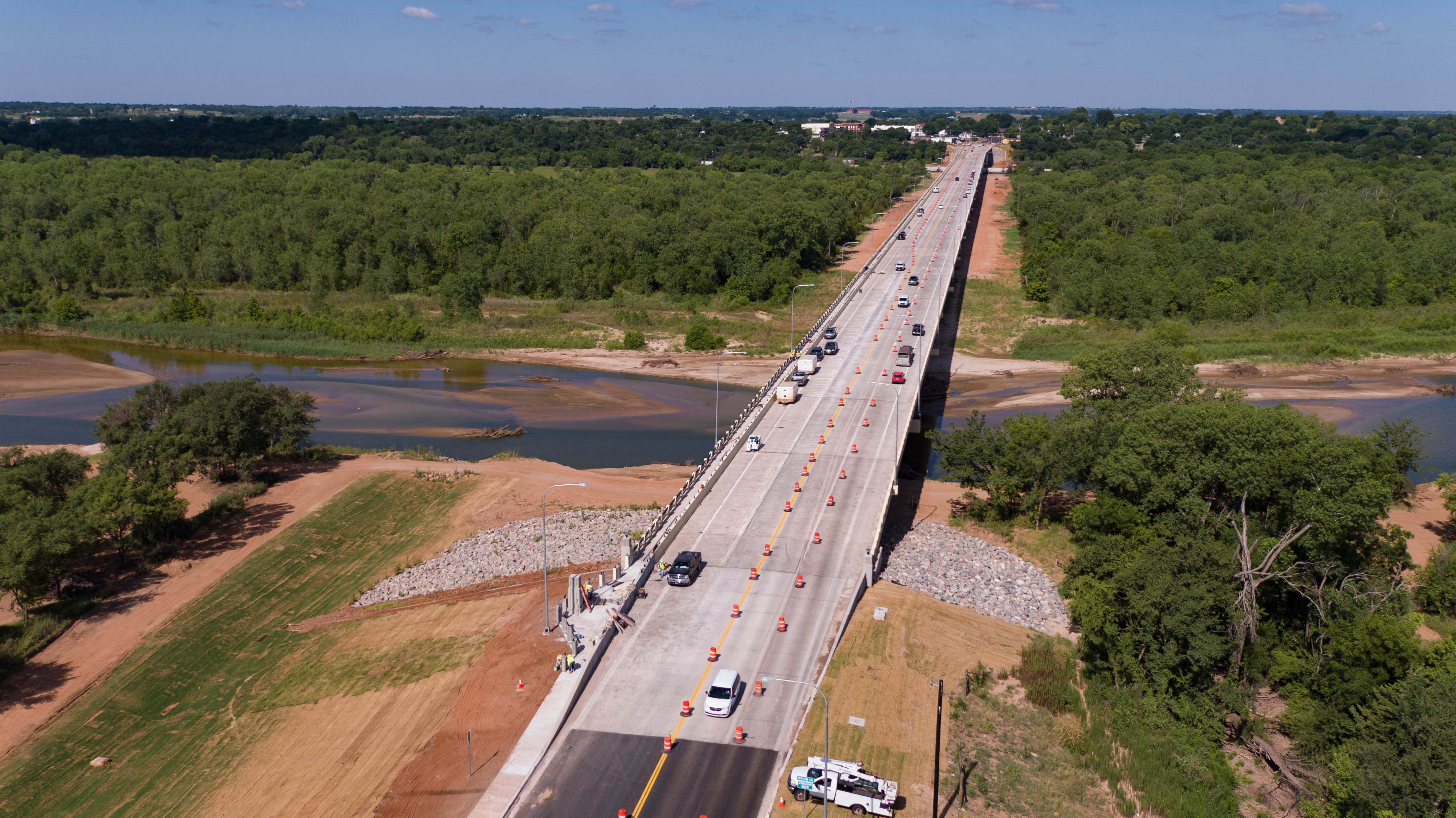 After
After
South-central Oklahoma - US-77/SH-39 Purcell-Lexington Bridge in McClain & Cleveland counties
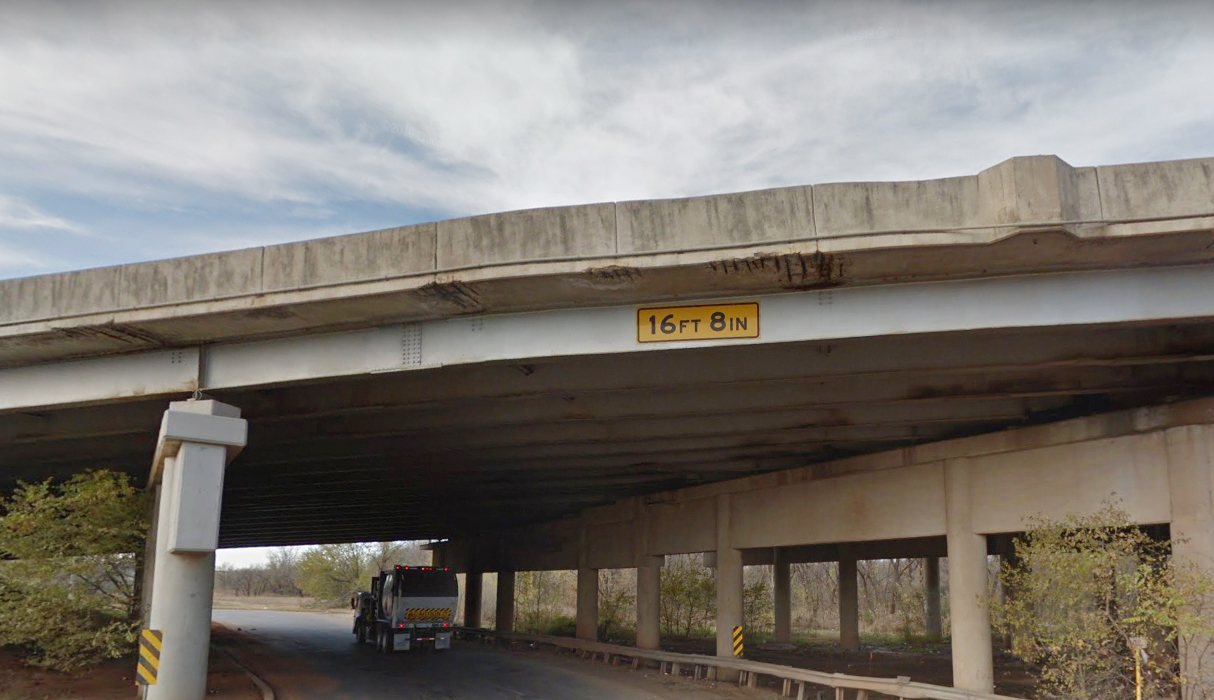 Before
Before
After
Oklahoma Co. urban - I-35 over Deep Fork Creek
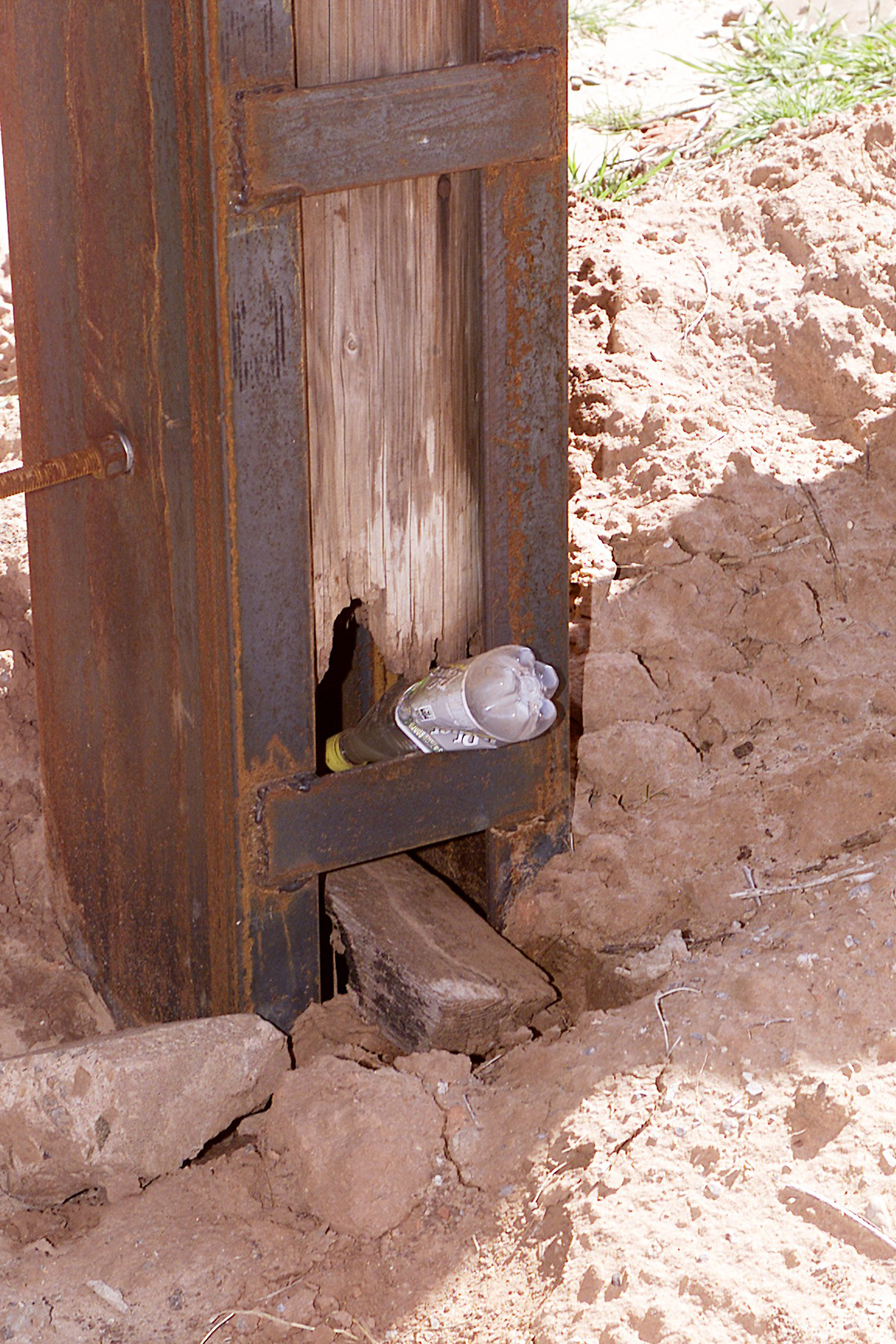 Before
Before
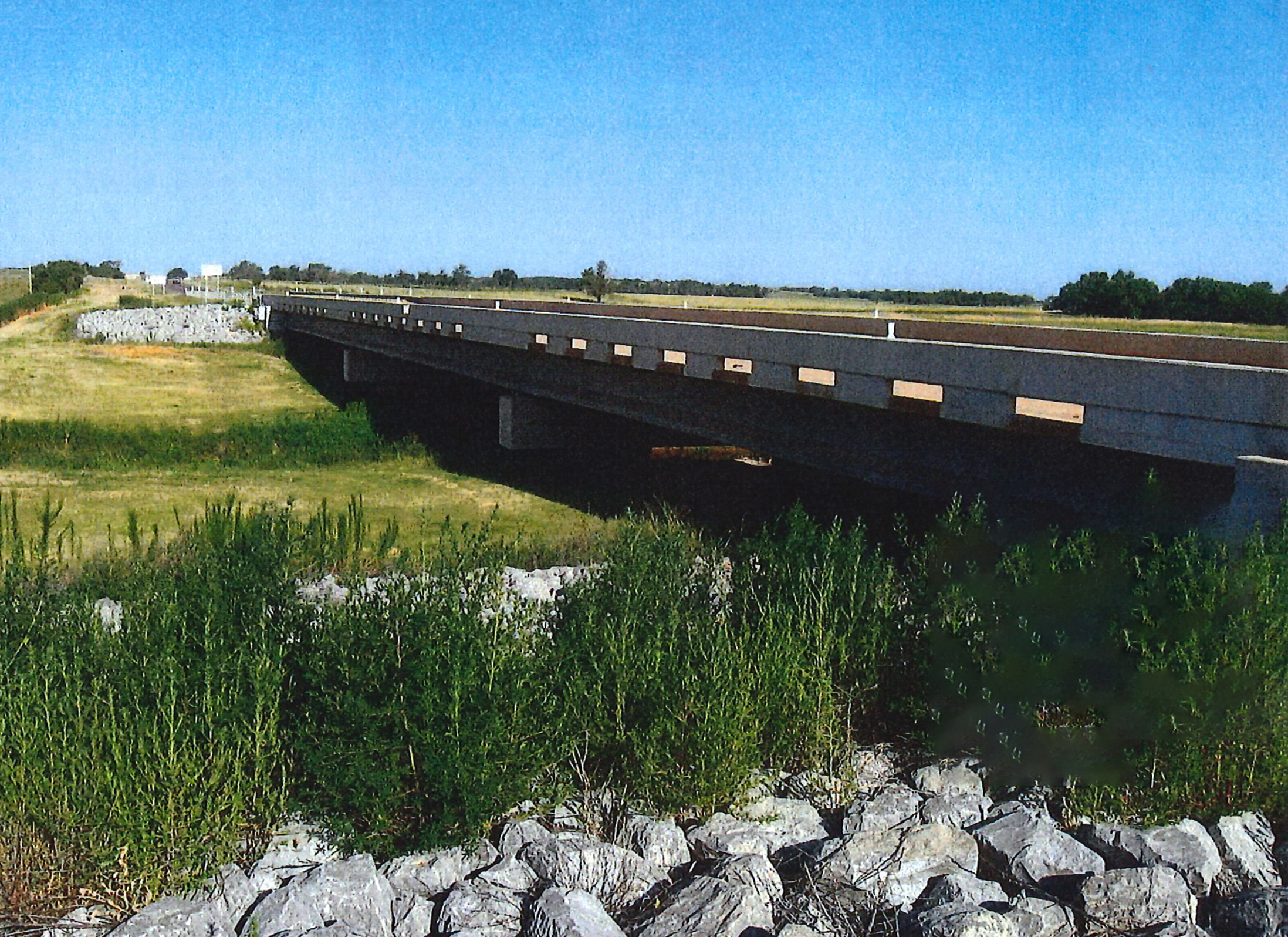 After
After
Western Oklahoma – SH-152 over Sweetwater Creek in Beckham Co.
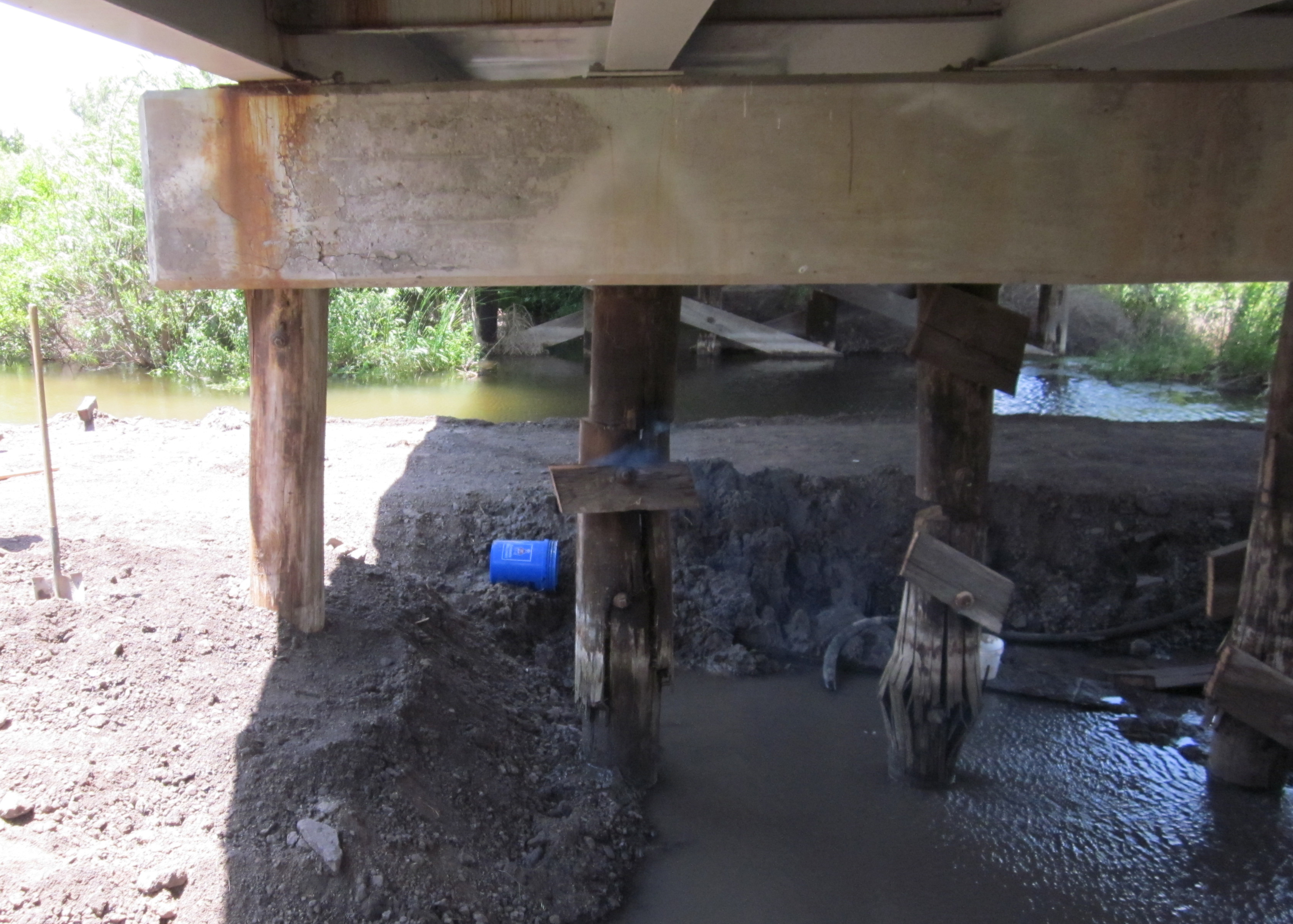 Before
Before
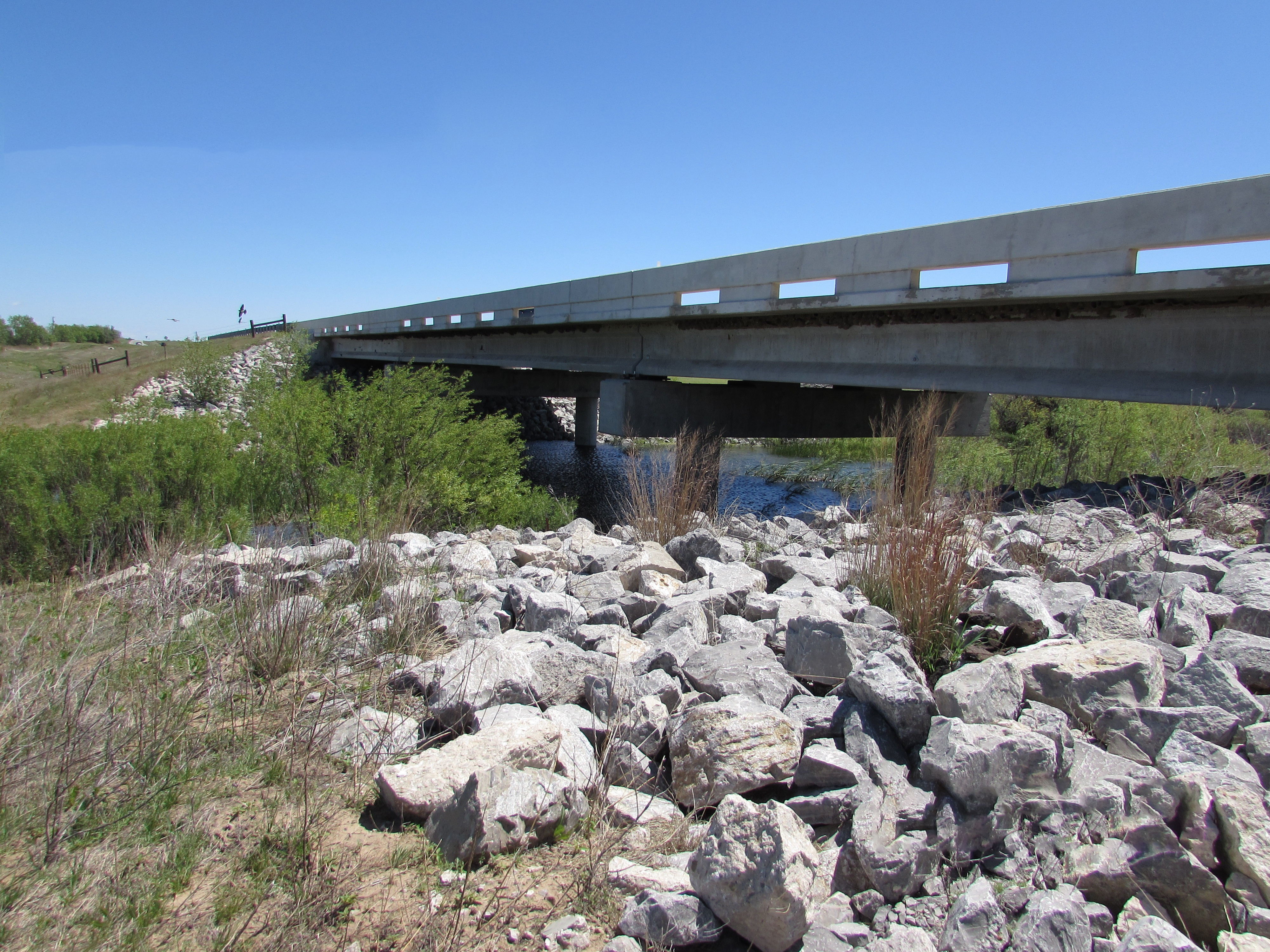 After
After
Northwestern Oklahoma – SH-15 over Turkey Creek in Woodward Co.
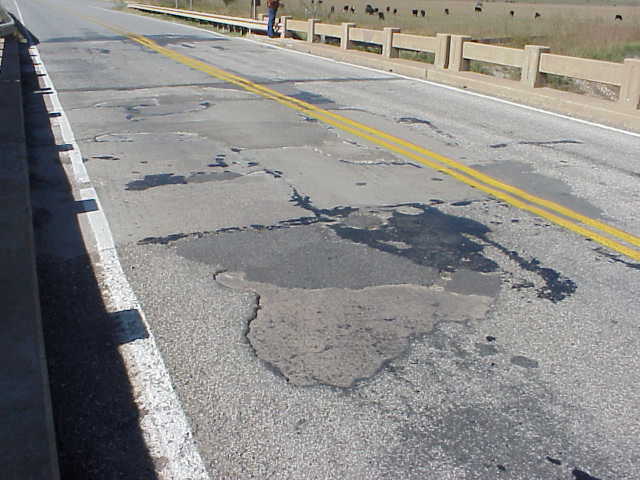 Before
Before
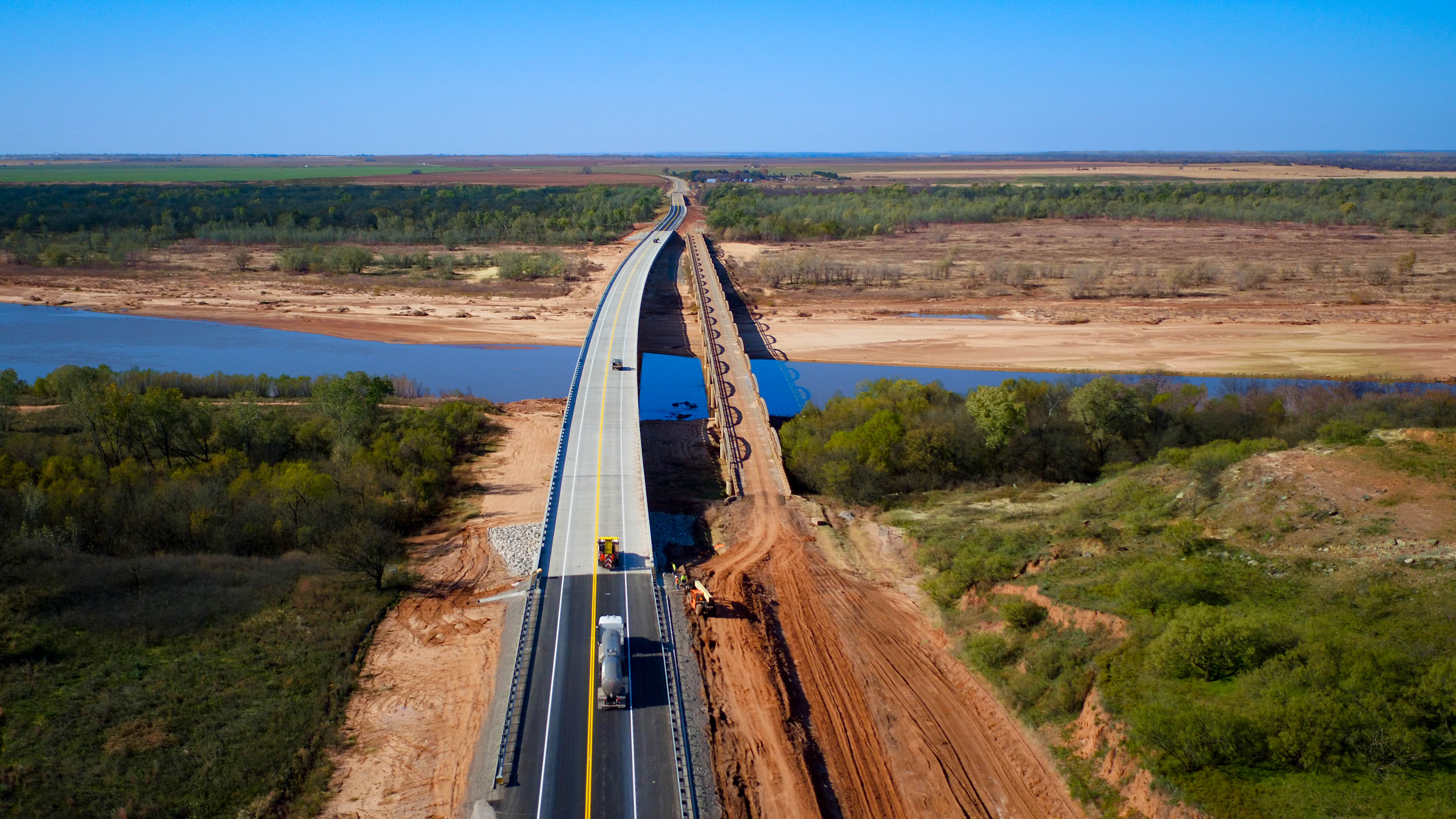 After
After
Southwestern Oklahoma – SH-79 over the Red River in Jefferson Co.
Before
After
Northeastern Oklahoma – US-59 over Russell and Elm Creeks in Craig Co.
Before
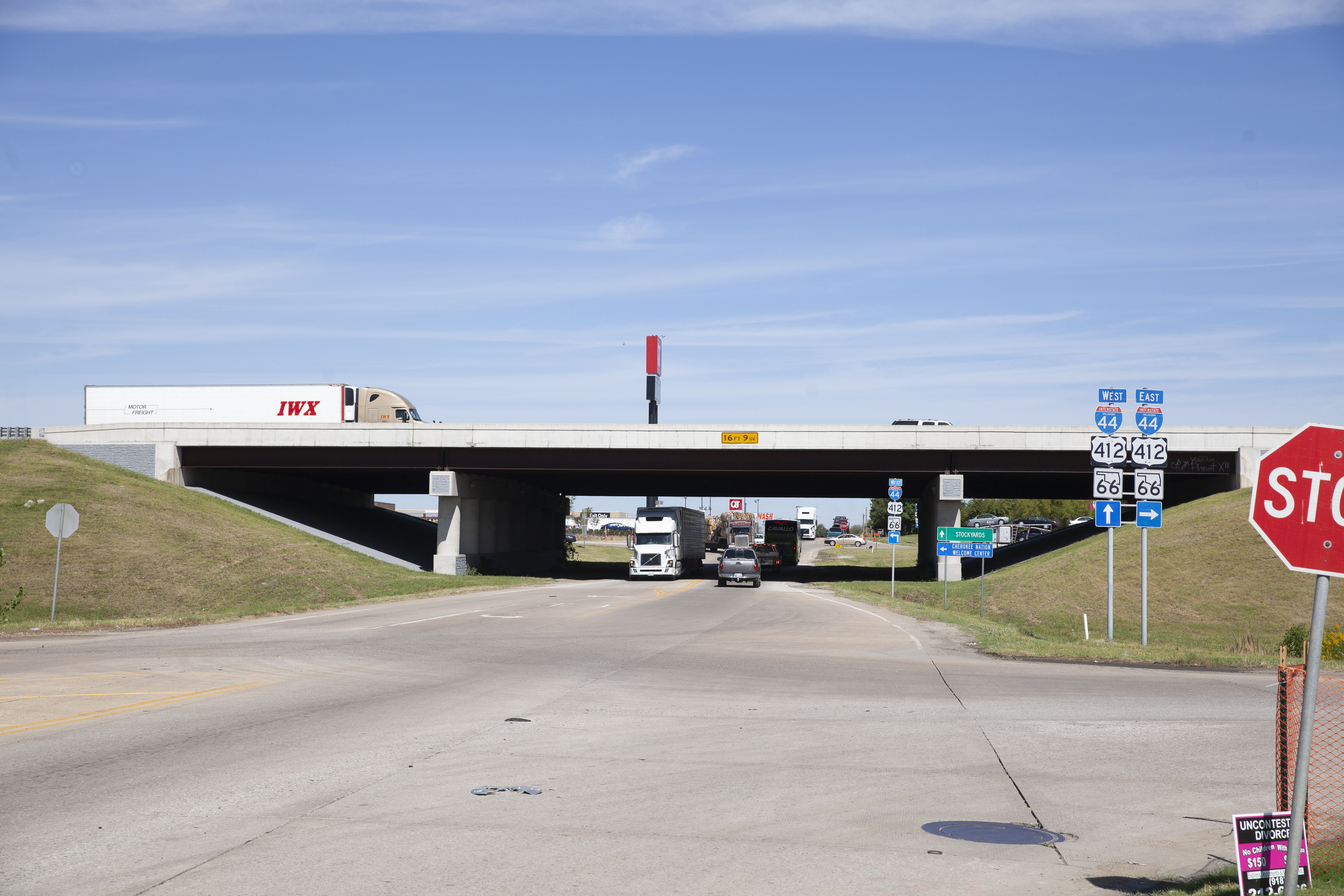 After
After
Tulsa Co. urban – I-44 over 165th E. Ave.
Related Topics
For a list of scheduled ODOT bridge projects, view the FFY 2021-2028 Eight-year Construction Work Plan
For information on all bridges on public roads in Oklahoma, visit ODOT's Map & Data Portal.


